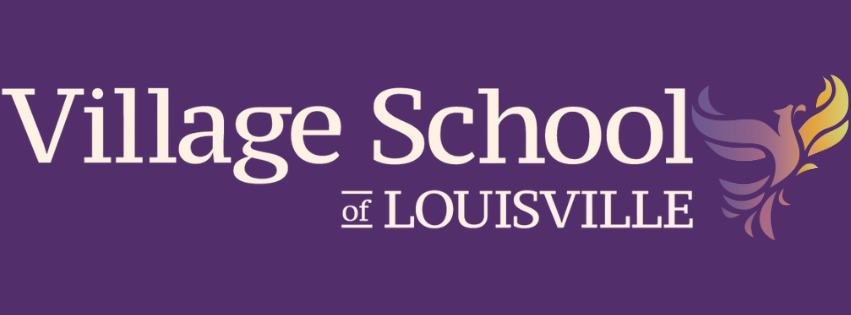Finnish-Inspired Educational Model
A Finnish education is rooted in respect for and collaboration between teachers who are experts in their fields; research-based education practices which focus on the well-being of the child and creating a joyful learning experience; and ensuring education is equitable in that learning is individualized to the maximum extent possible. The VSL curriculum is inspired by this Finnish model and is representative of and therefore accessible to students from different backgrounds, the education is developmentally appropriate, and all students are provided the resources they need to learn, succeed and be challenged. In addition to implementing these principles in VSL classrooms, we weave curriculum on gender and racial equity into learning beginning in kindergarten.
VSL believes that direct instruction can include discovery-based and hands-on learning. Thus, we have selected our comprehensive math and science curricula to align with this approach to education. Our teachers are not limited to these curricula, but they do serve as a foundational framework for these subjects.
Mixed-Age Classrooms
VSL has mixed-age classrooms. Such an arrangement ensures that teachers expect students to enter school at a wide range of skill levels and, therefore, prepare lessons and activities that will challenge each student in the class. Mixed-age classrooms also allow students to stay with the same teacher for more than one year, facilitating more student progress and growth. Finally, mixing ages has demonstrated wonderful benefits in terms of outcomes, building confidence and collaborative abilities through learning from classmates, and experiencing a variety of perspectives.
Play-Based Kindergarten Curriculum
At The Village School of Louisville, we honor childhood and believe that Kindergarten should feel like wonder, not work. Our program is rooted in the belief that play is the foundation of learning and is intentionally designed to support the developmental needs of young children while fostering curiosity, confidence, and compassion. We view play not as a break from learning—but as the most natural and powerful way that young children explore, grow, and make sense of the world. In our Kindergarten classrooms, structured academic content is integrated seamlessly into meaningful, open-ended play experiences. Children engage in hands-on discovery, movement, storytelling, experimentation, and social collaboration throughout their day. Rather than following a rigid schedule of isolated subjects, we offer interdisciplinary, theme-based learning that allows for depth, agency, and creativity.
ELA Curriculum – Logic of English (traditional grade 1–8)
At The Village School of Louisville, we believe that every child can become a joyful, confident reader and writer when they are taught in a way that respects how the brain learns best. Our English Language Arts (ELA) program uses the Logic of English curriculum—a linguistically sound, multisensory, and inclusive approach to reading, spelling, writing, and grammar instruction.
Mathematics- (traditional grade levels 1-8)
Our mathematics curriculum is based on the Mindset Mathematics framework developed by Dr. Jo Boaler and her team at Stanford University. This approach transforms math from a rigid set of rules into a dynamic, creative, and inclusive subject where all students are capable of deep understanding and success.
Science (traditional grade levels 1-8)
Our science curriculum is built on the Building Foundations of Scientific Understanding (BFSU) framework, developed by Dr. Bernard Nebel. BFSU offers an inquiry-driven, conceptually rich, and developmentally coherent approach to science that fosters both curiosity and clarity. Rather than isolated facts or memorized units, BFSU cultivates interconnected scientific thinking—helping students see how everything in the natural world relates and builds upon itself over time.
